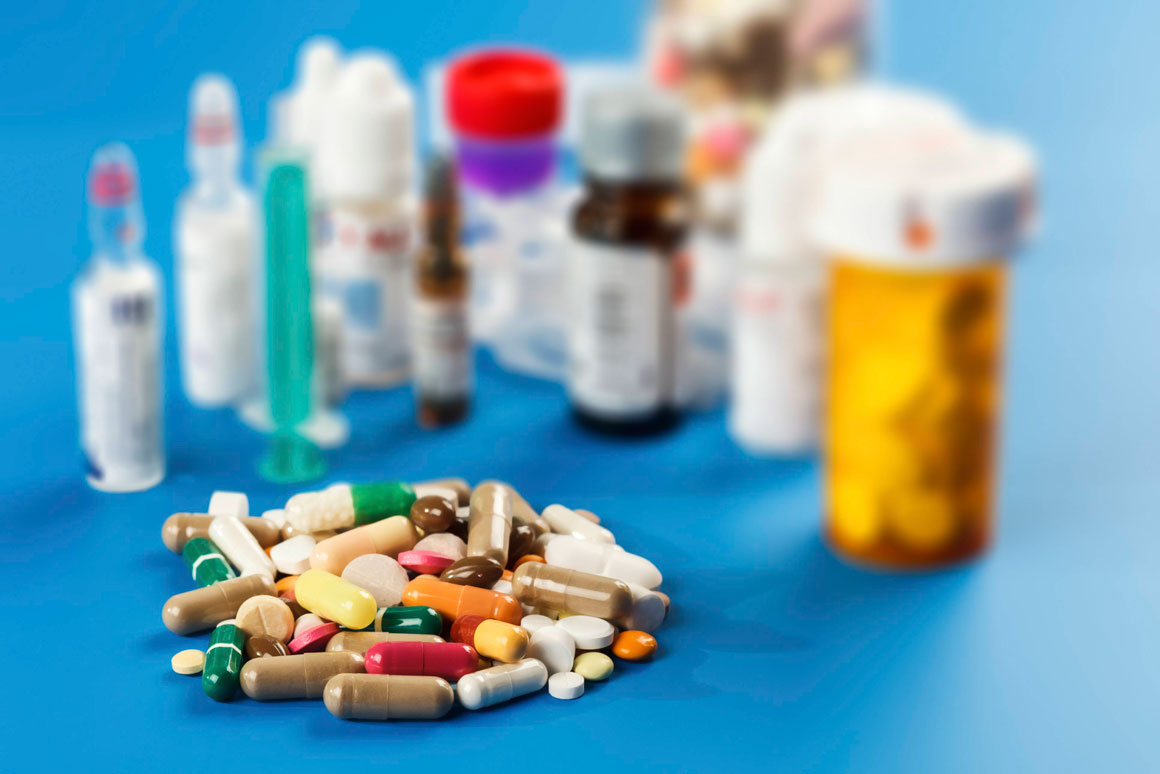Chapter 38. How Do Therapeutic Drugs Work?
Introduction

Identify the basic principles of drug action.
Review
Review
Select the NEXT button and continue with the Review.

1. Therapeutic drugs are used to treat psychological disorders. These drugs fall into four main categories: antianxiety drugs, antidepressant drugs, antipsychotic drugs, and mood-stabilizing drugs.
Review
Review
Select the NEXT button and continue with the Review.


2. Standard antianxiety drugs calm a person by slowing neural activity. These drugs enhance the action of GABA, the most common inhibitory neurotransmitter in the brain. Most tranquilizing drugs, including Xanax, are GABA agonists.
Review
Review
Select the NEXT button and continue with the Review.


3. Antidepressant drugs try to elevate a depressed person's mood. Depressed individuals typically have unusually low levels of the neurotransmitters norepinephrine (which influences arousal) and serotonin (which regulates mood). Most mood-boosting drugs, including Prozac, are agonists to serotonin or norepinephrine, or both.
Review
Review
Select the NEXT button and continue with the Review.


4. Antipsychotic drugs try to reduce the major symptoms of schizophrenia, such as distortions in perception and thinking. Individuals with schizophrenia typically have high levels of the neurotransmitter dopamine. Most antipsychotic medications, such as Haldol or Nardil, are antagonists to dopamine.
Review
Review
Select the NEXT button and continue with the Review.

5. Mood-stabilizing drugs are used in the treatment of bipolar disorder. Lithium, the most commonly used of these stabilizers, appears to be a GABA agonist but an antagonist to glutamate, the most common excitatory neurotransmitter. Lithium works especially well in reducing episodes of mania.
Practice 1: Activating and Blocking Receptors
Practice 1: Activating and Blocking Receptors
Play the animation to watch the effect of the stimulant drug nicotine and the antipsychotic drug Haldol on neurotransmitter function.
- Chapters
- descriptions off, selected
- captions settings, opens captions settings dialog
- captions off, selected
- English Captions
This is a modal window.
Beginning of dialog window. Escape will cancel and close the window.
End of dialog window.
This is a modal window. This modal can be closed by pressing the Escape key or activating the close button.
This is a modal window.
Practice 2: Blocking Reuptake of Neurotransmitter
Practice 2: Blocking Reuptake of Neurotransmitter
Play the animation to watch Prozac’s effect in blocking reuptake of serotonin.
- Chapters
- descriptions off, selected
- captions settings, opens captions settings dialog
- captions off, selected
- English Captions
This is a modal window.
Beginning of dialog window. Escape will cancel and close the window.
End of dialog window.
This is a modal window. This modal can be closed by pressing the Escape key or activating the close button.
This is a modal window.
Practice 3: Slowing the Removal of Neurotransmitter
Practice 3: Slowing the Removal of Neurotransmitter
Play the animation to watch Nardil’s effect in blocking the enzyme breakdown process.
- Chapters
- descriptions off, selected
- captions settings, opens captions settings dialog
- captions off, selected
- English Captions
This is a modal window.
Beginning of dialog window. Escape will cancel and close the window.
End of dialog window.
This is a modal window. This modal can be closed by pressing the Escape key or activating the close button.
This is a modal window.
Quiz 1
Quiz 1
For each statement, select one of the buttons to indicate whether the statement is True or False. When all of the buttons have been chosen, select the CHECK ANSWER button.
| True | False | |
|---|---|---|
Many depressed individuals have excessively high levels of the neurotransmitter serotonin, which helps to regulate mood. |
||
Individuals who are exhibiting the bizarre symptoms of schizophrenia usually improve when given a drug that acts as dopamine antagonist. |
||
Some antidepressant drugs slow the removal of serotonin from the synaptic gap, This extends the time that serotonin molecules are available to stimulate the receptors of the next neuron, significantly increasing their mood-boosting effect. |
||
Some drugs block the natural process that breaks down a neurotransmitter into its simpler parts. These drugs would be antagonists to the neurotransmitter. |
Quiz 2
Quiz 2
Select each PLAY button to watch an animation of one aspect of the synaptic transmission with or without the influence of a drug. Then drag the labels to identify the type of process shown in each animation. When all the labels have been placed, select the CHECK ANSWER button.
Conclusion
